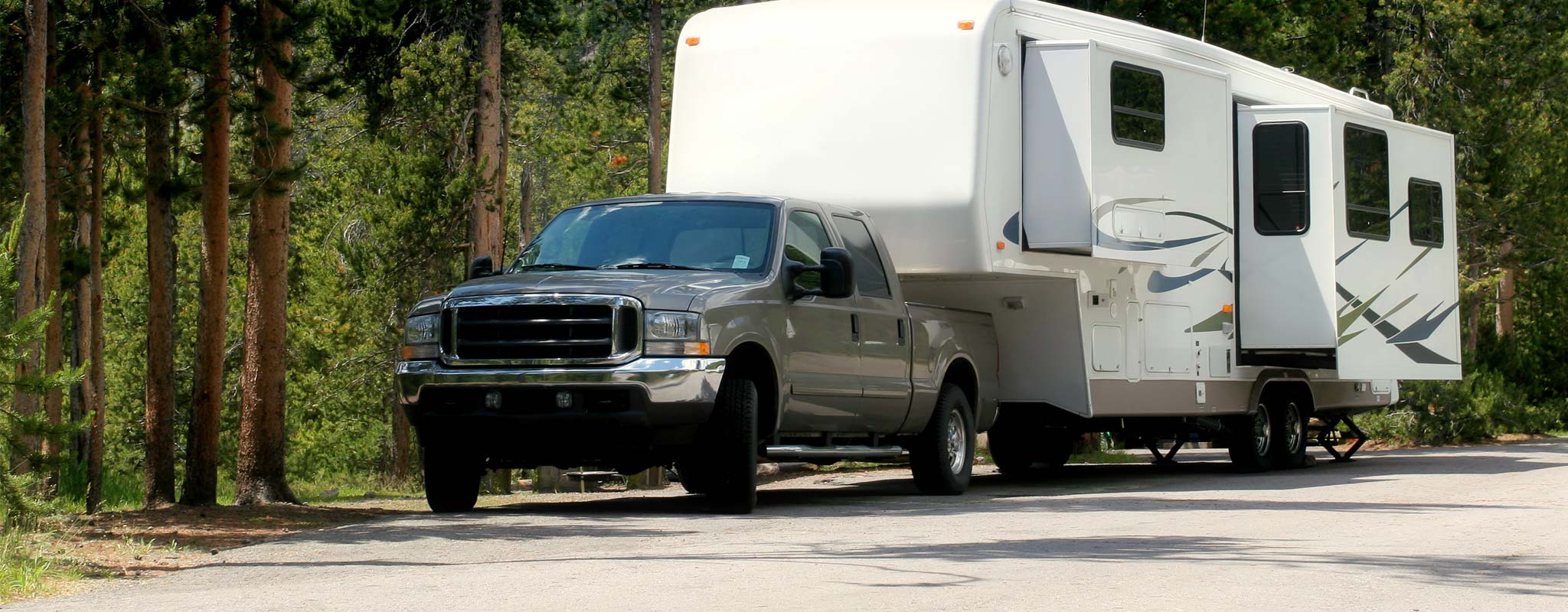Trailer and Tire Do’s and Don’ts: Answers to Common Questions
Whether you’re towing a camper, a boat or a cargo trailer, whatever’s attached to your hitch needs the same attention your vehicle gets. If you’ve noticed uneven tire wear, your trailer is bouncing or you’re not sure what type of tire is best, here’s a quick FAQ.
1. Is It Okay for the Rear of My Truck to Sag When It’s Hitched to My Trailer?
You don’t want your tow vehicle to sag under the weight of your trailer. It means there’s not enough weight distributed to the front wheels of your truck or SUV and it will compromise your handling. You’ll also create uneven wear on all your tires, and they won’t last as long as they should.
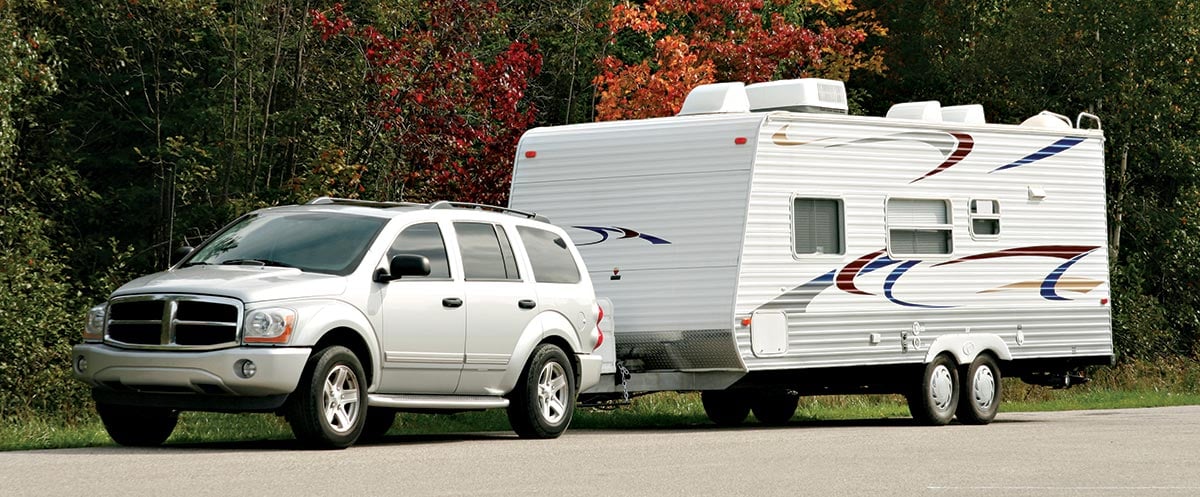
If the trailer tongue isn’t within an inch or two of being level with the ground, you need to make some adjustments.
There are many approaches to fixing an unlevel tow issue, depending on your rig:
- Adjust your trailer mount up or down to get the proper rise or drop.
- Rearrange your load. You want about 10 to 15 percent of the fully loaded trailer’s weight placed on the trailer tongue. (Determine tongue weight, the weight a fully loaded trailer exerts downward on the hitch ball of the tow vehicle.)
- Add airbags to the suspension of your tow vehicle. This lifts up the rear and puts more weight on the front, evening out the load.
- Add helper springs to your tow vehicle.
- Use weight distribution hitches with spring bars.
2. Is It Okay to Mount Non-trailer Tires on My Travel Trailer or Should I Get Special Trailer Tires?
ST (Special Trailer) tires are a better choice. Non-trailer tires are made to carry people. ST tires are designed for carrying the heavy-duty load of travel and other trailers.
Structurally, STs have straight, solid ribs — the ribs being the circumferential bands of strong rubber separated by grooves. This makes them suited to bear heavier loads. They have about 10 percent more load capacity than light truck (LT) tires of the same size and 40 percent more than an equivalent passenger tire.
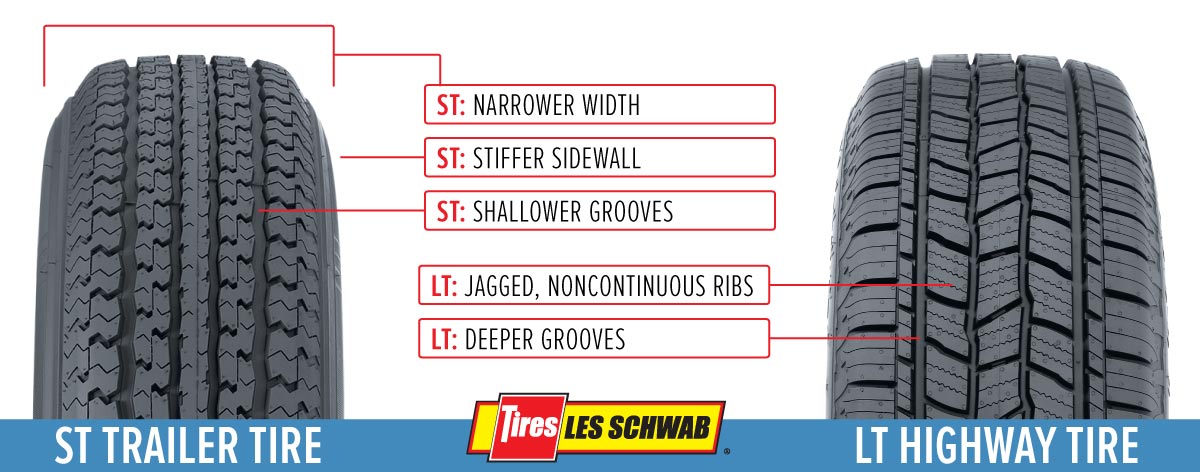
The stiffer sidewalls on ST tires improve stability and reduce swaying. These tires are usually narrower to fit standard trailer wheels. They’re designed with shallower grooves to improve fuel economy and help them run cooler, since hauling loads can generate a lot of tire heat.
Non-trailer tires have lots of voids and deeper grooves on the tread to evacuate water quickly for better traction. The ribs are often jagged and separated by grooves.
3. My Trailer Is Bouncing When Underway. What’s the Problem?
Any trailer hauled without its load will bounce. Boat trailers, for example, are made with stiff, solid axles with loose springs, which causes them to jump a lot when not weighed down.
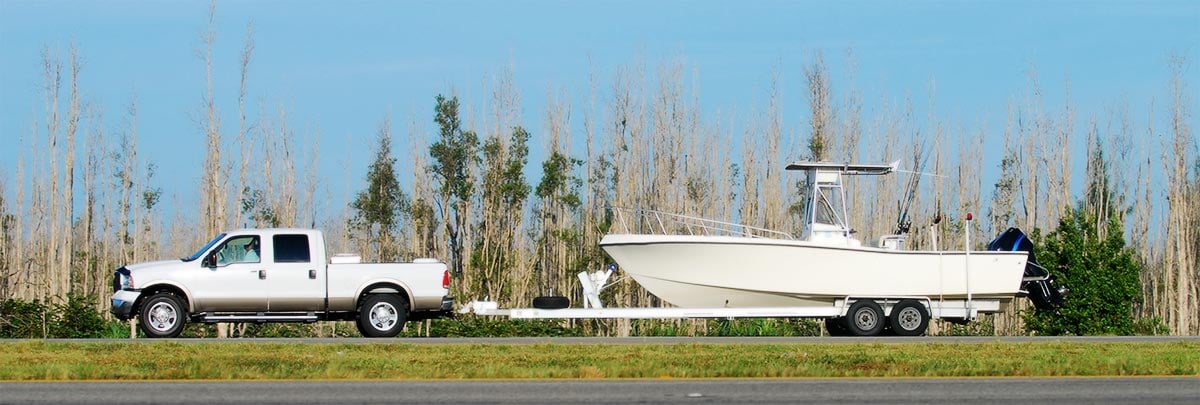
If your trailer still bounces while loaded, there could be other issues that need attention:
- Your tires aren’t properly inflated.
- Your tow vehicle’s shocks are worn or aren’t designed for the load. (You’ll feel bouncing that continues after going over a bump).
- You need to shift the weight inside the trailer.
- The trailer is overloaded and the suspension could be damaged.
- One of the trailer axles might be damaged.
- You’re not towing level (see question 1).
4. What’s Causing Uneven Wear on My Trailer Tires?
Generally, trailer tires don’t wear evenly: It’s just physics. When a tandem axle trailer with four tires takes a tight turn, the inside tires will “slide” a bit rather than roll, because they have significantly less distance to travel. Over time, this scuffs off tiny parts of the tread, creating odd wear patterns.
That said, rapid or significantly uneven trailer tire wear can be caused by:
- Riding with the wrong tire pressure.
- Exceeding your tires’ load capacity.
- Trailer misalignment or bent wheels from hitting curbs, potholes or debris.
- Not towing level, which puts more weight and strain on one axle.
- Uneven load management instead of spreading weight evenly to all wheels/tires.
If all four tires are wearing heavily on the inside, the trailer is probably overloaded.
Trailer axles are built with a slight upward curve in the middle. When the trailer is unloaded, the tops of the tires lean slightly outward (toed-out, or duck-footed). When they are carrying the weight of whatever’s loaded, the axles straighten to a flat position and the tires come to a straight up-and-down position.
When the load is too heavy, the axle bows downward in the middle, causing the tires to roll pigeon-toed (more on the inside shoulder of the tires). That’s not the normal contact patch for tires, and you’ll see pronounced wear there.
Another possibility is the axle has been flipped over (the bow in the axle that is supposed to be pointed up is actually pointed down).
If only one tire is wearing faster on the inside, you may have a bent suspension part, like a spindle. This can cause one tire to skid rather than roll smoothly down the road, creating heat and friction that wears out the rubber.
If you see faster wear on the outer tread, this may be a case of an under-loaded trailer: The trailer weight is too light to straighten out the axle. Or, outer tread wear on just one side may be a symptom of a worn suspension component.
If you notice tire cupping — a bulge on one area of the tire — the belts or plies inside (the strong cords of steel and nylon that give the tire its strength) are failing. It can be caused by tires that haven’t been properly balanced, wheel bearing problems, bad alignment or something worn out in your suspension. It can also result from excessive heat caused by going over the speed rating of your tires.
Tires on a trailer parked for a long time can develop flattened spots in the area that contacts the ground. To prevent this, simply move your trailer regularly.
Find out how to keep your trailer tires in the best condition possible in our post, 8 Great Ways to Get the Most from Your Trailer Tires.
Learn More
What you need to know
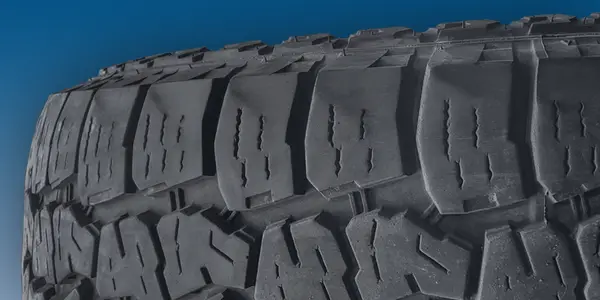
Tire Cupping: Causes, Warning Signs, and How to Prevent It
Tire cupping can affect your car’s performance and safety. Learn about the causes, warning signs, and how to prevent it with expert tips from Les Schwab.
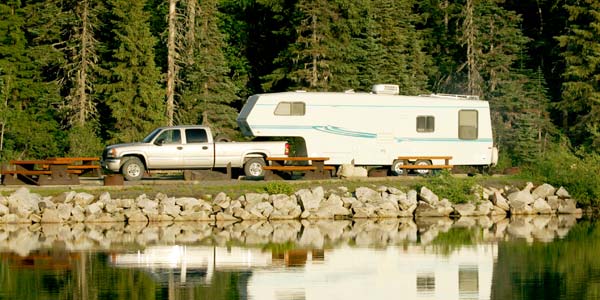
8 Great Ways to Get the Most from Your Trailer Tires
Maintaining trailer tires isn’t always the same as what you do for passenger vehicle tires. Here’s what to do to get the longest tire life from trailer tires.
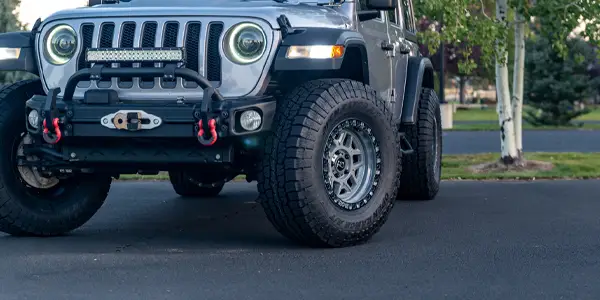
How to Read Tire Wear Patterns
Learn how to identify tire wear patterns like cupping, center wear, and feathering. Discover causes, solutions, and expert tire services at Les Schwab.

